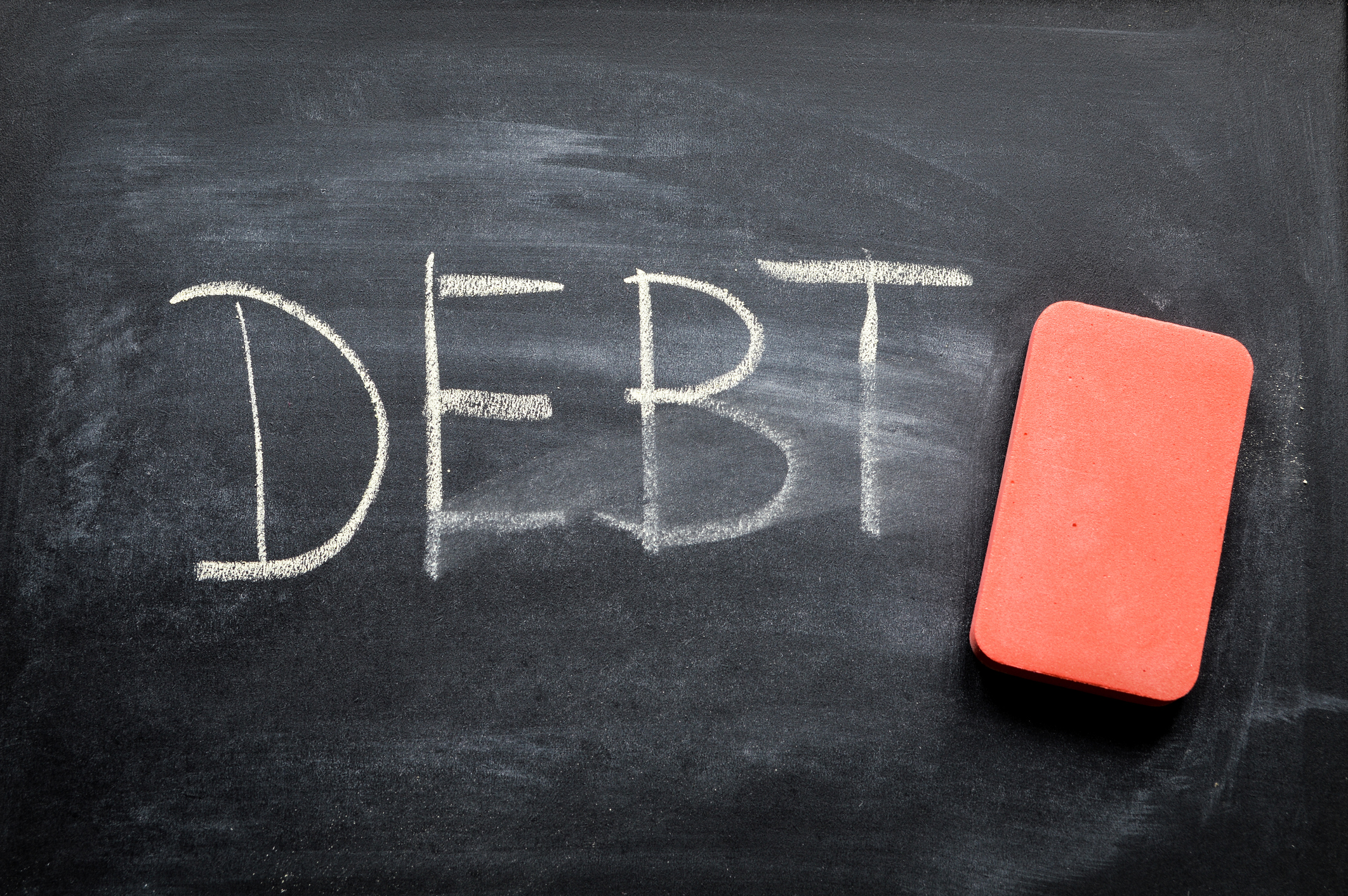Reduce Your Debt Fret

Of the many aspects of our financial lives that can keep us up at night, debt is usually high on the list. According to a 2024 report, the average American has $105,056 in debt. Making progress on paying off your debts is similar to training for a marathon – you have to make it past mile one before you can make it to mile 26.2. In this space, we share a few tips to reduce your debt fret.
Your Debt Reduction Training Plan
1) Emergency Fund
-
- The first step to getting out of debt is preventing future unexpected scenarios from putting you further into debt. You cannot get yourself out of a hole while simultaneously digging it deeper. At the minimum, we suggest you have 3-months of expenses saved up in an emergency fund before beginning your debt payoff. This helps protect you for those “rainy days” that inevitably occur.
2) Necessities
-
- Then, the next fundamental step is to make sure you pay the bare necessities within your monthly expenses. These items can include home (mortgage/rent), insurance, food, taxes, transportation, and clothing (within reason 😊). Once you have your necessities met, the remainder of your cash flow can then be focused on the next two items.
3) Debt Reduction
-
- Once you have covered the first two items, it may be appropriate to focus on paying down your debts (though we’d want to discuss personal rates on debt balances and the right policy-based cash flow plan for your needs). If it is determined that paying down your debts is the right path for you, the methods outlined below are suggestions for tackling your outstanding payments.
4) Employer Match
-
- Ideally, if you have the capacity within your monthly cash flow, it is a best practice to contribute at least the minimum amount to your employer sponsored retirement plan to receive the match contribution (if they provide one). These are free monies that your employer offers you to incentivize savings. Receiving “free” money and beginning your retirement savings is never a bad plan (unless doing so would cause you to go further into debt).
Debt Reduction Methods
- Debt Snowball
- The Debt Snowball method has been made widely popular by Dave Ramsey. As the name suggests, the method works a lot like a snowball rolling down a hill and focuses largely on human behavior. With this method, you gain traction toward debt reduction by focusing on the small wins gained in paying off small debts. This then provides you with the motivation to tackle the bigger debts that can take some time to payoff. A key item to note is that this plan has you focus on the smallest outstanding debt irrespective of interest rate. List out your outstanding liabilities from smallest to largest and get after it!
- Highest Interest Rate
- If the debt snowball method is the “human behavior answer”, then this would be the “math answer”. What can be so infuriating about debt is the interest rate charged on the money you borrow. Especially when the interest rate on a loan is greater than the average rate of return on your investments – that’s just a recipe for financial disaster. For common debts such as credit cards, the average interest rate charged as recently as January 2021 is almost 15% for established credit card users. This debt reduction strategy focuses on attacking these high interest rate loans first since these are the most toxic to your financial wellbeing. The primary idea behind this reduction method is to pay less in interest to the bank, which means you’ll keep more monies for yourself.
- Build Your Own
- Likely, the best debt reduction method for you will include a combination of the two options above. Take a look at your current outstanding debts (mortgage, student loans, auto loans, personal loans, and credit cards) and prioritize them based on the two criteria shared above. The key component here is having a plan in place and sticking to it, otherwise you’ll likely be slow to make any progress.
Additional Debt Reduction Techniques
Depending on the type of loan and your recent payment history, you may have some additional debt reduction techniques available to you. Below are some additional ways you can reduce your outstanding debt:
- Consolidation
- This option is most applicable and most popular amongst those with student loans. In considering this option, it is important to understand the types of student loans you have (federal or private). This will direct you in seeking who to deal with if you are interested in loan consolidation. Loan consolidation can be beneficial as it helps simplify multiple payments and rates to one single payment and rate. This can sometimes even reduce the overall interest rate you pay, too.
- Repayment Plans
- Another common option available for student loans are specific repayment plans. There are various repayment plans available depending on your type of loan. Common with various repayment plans are also loan forgiveness options. These often include intricacies such as making level payments for a set amount of years or working for a government agency for 10 years. You can find further information on some of the repayment plans available to you on your loan servicer’s website. However, be careful, as loan amounts that are forgiven through these methods can be taxable to you as ordinary income when forgiven (we suggest consulting with an accountant if considering one of these options).
- Settlement
- This option is most applicable if you have delinquent private outstanding debts for an old car payment, medical expenses, etc. Often times, if you have not made payments on the debt for a few months or years (depends on the creditor), these companies will accept settlement offers. You can have settlement talks with the creditor yourself or hire a company to do so on your behalf. If you have an old debt that you haven’t paid on in at least 90 days, you can find out more about this option here.
Debt, if used wisely, can be an excellent tool in helping you reach your goals. However, debt can pile up quickly if you’re not intentional about how you’re spending your money, and your monthly payments can diminish your capacity to save for retirement and other big goals. As we’ve shared, give yourself grace if you feel uncomfortable with the current amount of debt you have outstanding, but also use it as motivation to pursue a life of financial freedom and security.
RESOURCES
- Caporal, Jack. Average American Household Debt in 2025: Facts and Figures. Motley Fool Money. May 14. 2025.
- Ramsey Solutions. How the Debt Snowball Method Works. RamseySolutions.com. April 22, 2021.
- McCann, Adam. What Is the Average Credit Card Interest Rate? WalletHub. May 16, 2021.
- Harkness, Brendan. How to Pay Off Debt: 6 Strategies That Work. Credit Card Insider. January 8. 2021.
- Lane, Ryan. Student Loan Repayment Options: Find the Best Plan For You. NerdWallet. December 4, 2020.
- Pyles, Sean. Debt Settlement Negotiations: A Do-It-Yourself Guide. NerdWallet. November 23, 2020.

